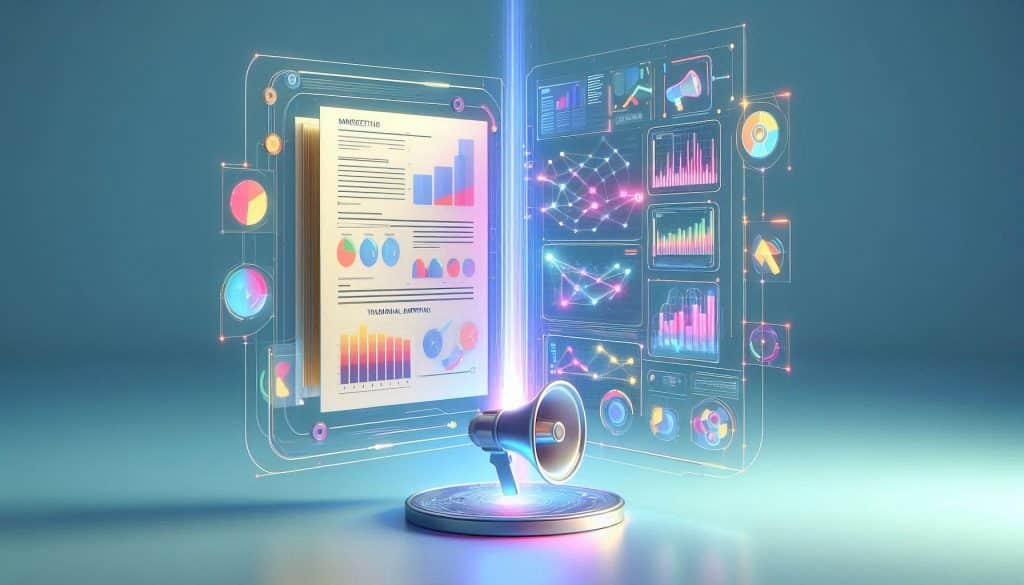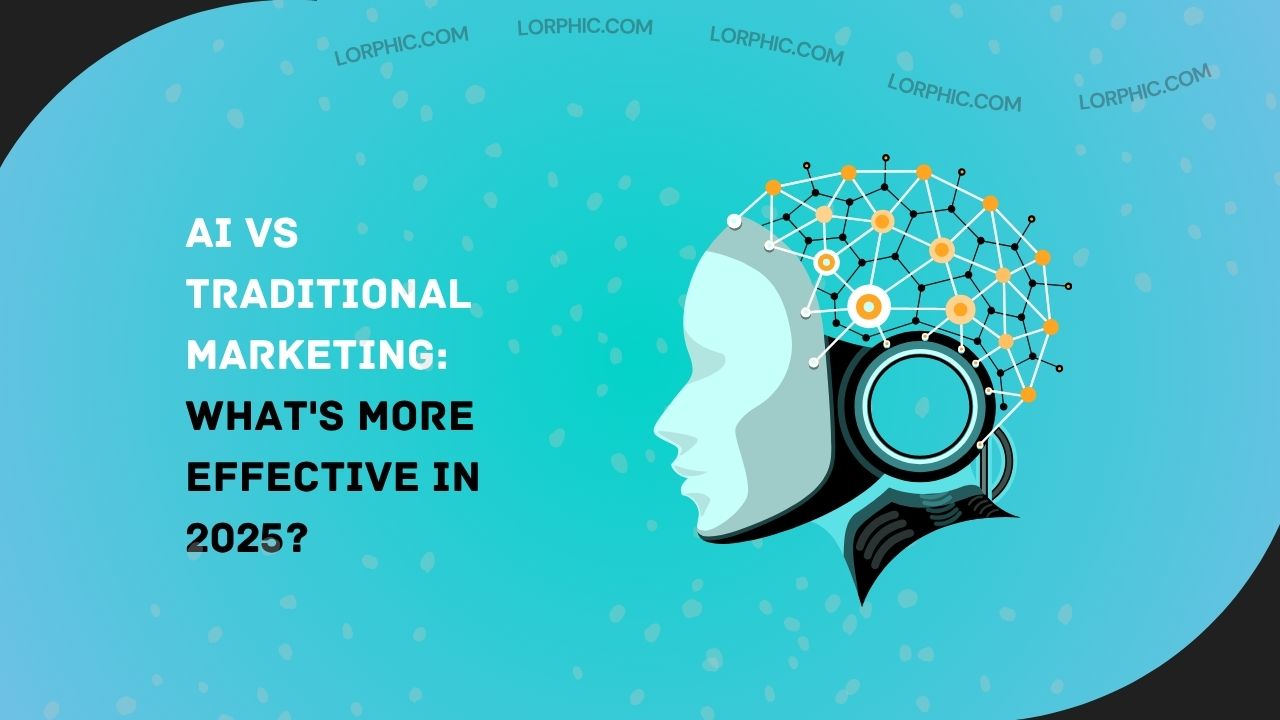The marketing landscape has fundamentally shifted. The debate between AI vs traditional marketing has intensified. While traditional marketing built iconic brands for decades, 88% of marketers now use AI daily, achieving an average ROI of 300% in 2025.
But here’s the question every marketing leader is asking: Does AI marketing actually outperform traditional methods, or is this just another technology trend?
After analyzing recent industry data and ROI studies, the answer is clear but it’s more nuanced than you might expect.

The Current State of Marketing in 2025
The AI marketing industry reached $47.32 billion in 2025, with a projected compound annual growth rate of 36.6% through 2028. This isn’t experimental technology anymore it’s mainstream.
Key adoption metrics reveal the shift:
- 88% of marketers leverage AI in their day-to-day roles
- 70% of marketers had integrated AI into their strategies by early 2025
- 92% of businesses now use AI for campaign personalization
- 79% of CMOs view AI as an essential tool for competitive advantage
Meanwhile, traditional marketing commanded 56% of total ad spend as of 2021, though this percentage has been declining steadily. Traditional channels still deliver value for brand awareness campaigns, industries with older demographics, and local businesses building community relationships.
The real question is whether AI vs traditional marketing delivers comparable ROI and results in 2025.
Cost Comparison: The Numbers Don’t Lie
Traditional Marketing: High Costs, Difficult ROI Measurement
Traditional marketing costs are high and less predictable:
- TV Advertising: $200,000 to $7 million per campaign
- Print Advertising: $35,000 to $300,000 monthly
- Direct Mail: $8,250 to $12,640 per month for two 10,000-piece campaigns
- Billboards: $300 to $30,000 per location for four weeks
- Telemarketing: $5,120 to $32,000 monthly per full-time caller
AI Marketing: Lower Costs, Predictable Pricing, Better ROI
AI marketing setup costs range from $99 to $50,000+, with monthly fees between $100 and $5,000. It reduces marketing costs by 12.2% and increases sales productivity by 14.5%.
Monthly costs by business size:
- Small business tools: $100 to $500/month
- Mid-market solutions: $500 to $2,000/month
- Enterprise platforms: $2,000 to $5,000+/month
The ROI difference is striking:
- AI-driven campaigns deliver an average 22% higher ROI with 32% more conversions and 29% lower acquisition costs
- AI-driven marketing strategies increase efficiency by up to 30%, precision by up to 25%, and cost-effectiveness by up to 20%
- Businesses using AI in at least three core marketing functions report a 32% increase in ROI compared to 2024
Performance Comparison: Speed, Precision, and Personalization
AI Marketing: Real-Time Optimization and Hyper-Personalization
AI analyzes customer interactions in real time, predicts consumer behavior, and personalizes content at scale.
Key Performance Advantages:
Content Creation Speed:
- AI-powered content writing tools increase production speed by 400% while reducing costs by 50% per article
- Content can be generated five times faster than manually created content
- Companies using AI report 37% faster content production and 28% better engagement rates
Targeting and Conversion Improvements:
- AI-driven segmentation delivers 26% better ad targeting and 32% higher conversions
- 74% of marketers using AI for segmentation saw improvements in conversion rates
- Companies using AI for customer targeting report 25% improvement in accuracy
Ad Performance Optimization:
- AI copywriting tools improve ad click-through rates by 38%, reducing cost-per-click by 32%
- AI-optimized Google Ads campaigns show 76% better return on ad spend
- Facebook and Instagram campaigns using AI targeting report 45% lower cost per acquisition
Personalization at Scale:
- Marketers using AI-generated content experience a 36% higher conversion rate on landing pages
- AI-powered product recommendations increase e-commerce revenue by 25%
- 95% of customer interactions in 2025 are AI-assisted
Traditional Marketing: Broad Reach But Limited Personalization
Traditional marketing excels at creating emotional connections and building brand awareness, but struggles with personalization and real-time optimization.
Strengths:
- Trust and Credibility: Mass media placement creates perceived authority and reliability
- Immediate Response: 80% of people respond to print ads right away
- Emotional Connection: Personal engagement and emotional appeal create long-lasting brand loyalty
Weaknesses:
- Limited Targeting Precision: Relies on demographic assumptions rather than behavioral data
- Slow Optimization Cycles: Traditional campaigns require weeks or months to pivot, while AI adapts within hours
- Difficult ROI Measurement: Attribution to specific channels remains problematic
Productivity and Efficiency Gains
AI can increase marketing productivity by 5-15% of total marketing spending. Teams report they can reallocate nearly 30% of their time toward strategic initiatives when automation handles routine work.
Specific Time Savings:
- AI-generated social media captions boost engagement rates by 44%, reducing manual effort by 70%
- AI video tools reduce production costs by 80%, slashing time-to-market from 3 weeks to 24 hours
- AI-assisted blog writing tools increase organic traffic by 120% within 6 months
Customer Service Transformation:
95% of customer interactions are expected to be AI-powered by 2025. AI-driven chatbots improve customer retention by 38% while reducing support costs by 60%. Response times drop from hours to seconds with 24/7 availability.
Real-World ROI: What Businesses Actually Experience
Revenue Growth: Businesses using generative AI in marketing and sales saw real revenue growth of 5% to 10%. About two-thirds reported higher revenues in the latter half of 2024.
Industry-Specific Results:
- E-Commerce: AI-powered product recommendations contribute to 35% of total digital revenue
- Lead Generation: Companies using AI for sales reported a 50% increase in leads
- Travel Industry: AI dynamic pricing boosted booking rates by 23% in 2025
- Financial Services: AI chatbots handle 68% of all front-line inquiries
- Real Estate: AI models predict property interest with 87% accuracy
Success Story: Euroflorist saw a return on investment of 220% within the first year through AI-powered personalization.
The Challenges: Why AI Isn’t Perfect
Despite impressive performance metrics, AI marketing faces legitimate challenges:
Implementation Barriers: A mid-sized agency with 50 employees might spend between $150,000 and $200,000 in its first year to fully implement AI systems.
Content Quality Concerns: 52% of marketing teams report struggling with content accuracy in AI-generated outputs. While 84% say AI helps create more consistent content, 92% say human editing remains essential.
Skills Gap: Real-time optimization through AI is underutilized due to low AI literacy in 35% of midsize teams.
Budget Overruns: 38% of AI marketing implementations experience budget overruns, usually due to underestimating training costs or integration complexity.
The Verdict: Which Approach Is More Effective?
Based on comprehensive data analysis, AI marketing demonstrably outperforms traditional marketing across most key metrics in 2025:
ROI Winner: AI Marketing
- 300% average ROI vs. difficult-to-measure traditional ROI
- 22% higher ROI on average
- 32% more conversions
- 29% lower customer acquisition costs
Cost Efficiency Winner: AI Marketing
- 12.2% reduction in marketing costs
- Predictable subscription pricing vs. high variable costs
- Better budget allocation through real-time optimization
Speed Winner: AI Marketing
- 5x faster content creation
- Real-time campaign optimization vs. weeks for traditional pivots
- Immediate personalization at scale
Trust and Credibility Winner: Traditional Marketing
- Higher perceived authority from mass media placement
- Stronger emotional connections through human interaction
- Physical materials create tangible brand impressions
The Hybrid Approach: Best of Both Worlds
The most effective strategy for 2025 combines both approaches:
Use Traditional Marketing For:
- Initial brand awareness campaigns in new markets
- Building credibility with older demographics
- High-value B2B relationships requiring personal touch
- Local community engagement and events
Use AI Marketing For:
- Performance-based campaigns with clear KPIs
- Personalization at scale
- Real-time optimization and A/B testing
- Customer service and support automation
- Content creation and distribution
- Retargeting and nurture campaigns
Implementation Recommendations for 2025
Start Small and Measure: Companies seeing the best ROI from AI marketing typically begin with one specific area like email optimization rather than implementing AI everywhere at once.
Prioritize Data Quality: 82% of successful AI marketing implementations invest significant time in data cleanup before adding AI capabilities.
Invest in Training: Companies that invest in team education about AI marketing see 63% better results than those that just buy tools. As Harvard’s Christina Inge emphasizes: “Your job will not be taken by AI. It will be taken by a person who knows how to use AI.”
Plan for the Future: 91% of marketing leaders expect to increase their AI marketing spending in 2025. Build AI capabilities now to stay competitive.
The Bottom Line
The data conclusively demonstrates that AI marketing outperforms traditional marketing in 2025 across virtually every measurable metric: ROI, cost efficiency, personalization, speed, and conversion rates.
However, traditional marketing still delivers value in specific contexts particularly for brand building, credibility establishment, and emotional connection with certain demographics.
The winning strategy isn’t choosing one approach over the other. It’s intelligently combining AI’s precision, efficiency, and personalization with traditional marketing’s trust-building and mass awareness capabilities.
Organizations that delay AI adoption risk falling permanently behind competitors building sophisticated AI marketing capabilities today. The performance gap will only widen as AI systems continue learning while traditional approaches remain static.
Frequently Asked Questions
Can small businesses afford AI marketing tools?
Yes. AI marketing solutions range from $100 to $500 monthly for small businesses. The ROI typically justifies the investment within 3-6 months through increased efficiency and better targeting.
Will AI replace marketing jobs?
No. AI handles routine tasks, allowing marketers to focus on strategy and creativity. Many marketers are currently underutilizing AI’s potential.
How long does it take to see results from AI marketing?
Initial improvements appear within 2-4 weeks. Significant ROI typically materializes within 3-6 months as AI systems learn from data and teams become proficient.
Is traditional marketing dead?
No. Traditional marketing remains effective for brand awareness and building credibility with certain demographics. However, its role is increasingly complementary to AI-driven strategies.
Curated by Lorphic
Digital intelligence. Clarity. Truth.




